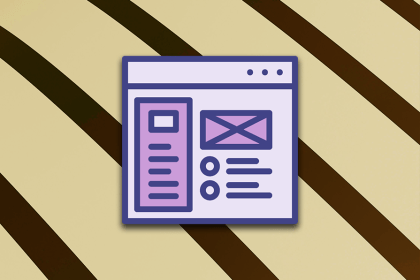
Do you know what the law of proximity is? Learn more here, including how to use it and how it works in the real world.

It’s rather easy to confuse UI UX designer roles. In this article, I clarify and explain in detail that both are different yet work symbiotically.

Even the simplest of interfaces must have different types of buttons to execute any and every task. In this post, I talk all about designing buttons for UI.

User research enables UX designers to create a positive experience for users. Here are some best practices to follow to maximize UX research.

Words are essential to a product’s usability. They act as a bridge between users and a digital product, providing explanations […]

Let’s discuss form design as a practice and a few principles that, if you follow, will help you double up your form design game.

Discover the principles, tools, and five stages of the UX design process to understand why it’s important to know your customer better.

In this blog, I apply the concepts of persuasion and ethics to the design world, where we’re not just creating pretty things but shaping experiences and influencing behaviors.

These are the five quintessential principles of design you can’t do without as a designer. Take notes to create successful visual designs!

AI is unlikely to replace the creative discipline of UX design. But those who use Figma AI are likely to replace those who don’t, so let’s look at Figma’s AI features.

These strategies will help you navigate UX interview prep and leave a positive and lasting impression so you can get that job.

Continuous learning is critical in UX design, and the Interaction Design Foundation could be a major help in honing your skills.